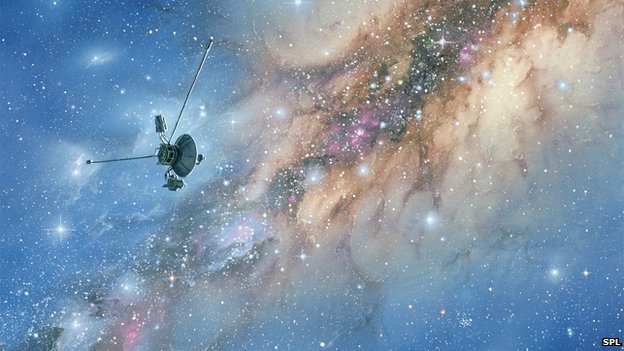
Mars is a planet. It is the fourth planet from the sun. It is the next planet beyond Earth. Red planetis more than 142 million miles from the sun. The planet is about one-sixth the size of Earth. It gets its red color from the iron in its soil. Red planet has two small moons. Their names are Phobos and Deimos.
What Is Mars Like?
Red planet is very cold. The average temperature on red planet is minus 80 degrees Fahrenheit — way below freezing! Red planet is rocky with canyons, volcanoes and craters all over it. Red dust covers almost all of red planet. It has clouds and wind, just as Earth does. Sometimes the wind blows the red dust into a dust storm. Tiny dust storms can look like tornados, and large ones can cover the whole planet!
Red planet has about one-third the gravity of Earth. A rock dropped on red planet would fall slower than a rock dropped on Earth. Things weigh less on Mars than they weigh on Earth. A person who weighs 100 pounds on Earth would only weigh about 37 pounds on Mars because of less gravity.
What Has NASA Learned About Mars?
NASA has used both spacecr aft and robots to learn more about red planet. In 1965, Mariner 4 was the first NASA spacecraft to get a close look at the planet. In 1976, Viking 1 and Viking 2 were the first NASA spacecraft to land on Mars. They took pictures and explored the planet’s surface. Since then, more spacecraft have flown near or landed on red planet.
NASA’s Spirit and Opportunity rovers landed on red planet in January 2004. They found evidence that water once flowed on Mars. Living things need water to survive. So, any sign of water on Mars would mean that there could be, or could have been, life on the planet.
How Is NASA Exploring Mars Today?
Today, three spacecraft are circling above, or orbiting, red planet. The spacecraft are using scientific tools to measure the volcanoes, canyons, craters, temperature and the kinds of minerals on red planet. They also are taking pictures and searching for water.
Two robots that move, called rovers, are exploring red planet’ surface. Their names are Opportunity and Curiosity. The rovers travel around taking pictures and looking closely at the planet’s soil and rocks. NASA uses pictures and information from the spacecraft and the rovers to learn more about red planet.
How Will NASA Explore Mars in the Future?
NASA plans to send more robots tored planet. NASA wants robots to someday collect Martian soil and rocks and bring them back to Earth to be studied. The MAVEN spacecraft started orbiting Mars in September 2014. MAVEN studies Mars’ atmosphere. NASA plans to send a lander to Mars in 2016. And a new Mars rover is planned for launch in 2020.

NASA also wants to send astronauts to red planet someday. To get ready to send humans to red planet, NASA is studying new kinds of homes where astronauts can live. Scientists are studying how people in space could grow plants for food. By watching what happens to astronauts on the International Space Station, scientists are finding out how living in space affects humans.
Originally posted 2016-03-19 12:27:58. Republished by Blog Post Promoter

![mars-rover-2[1]](https://coolinterestingnews.com/wp-content/uploads/2012/08/mars-rover-21.jpg)










